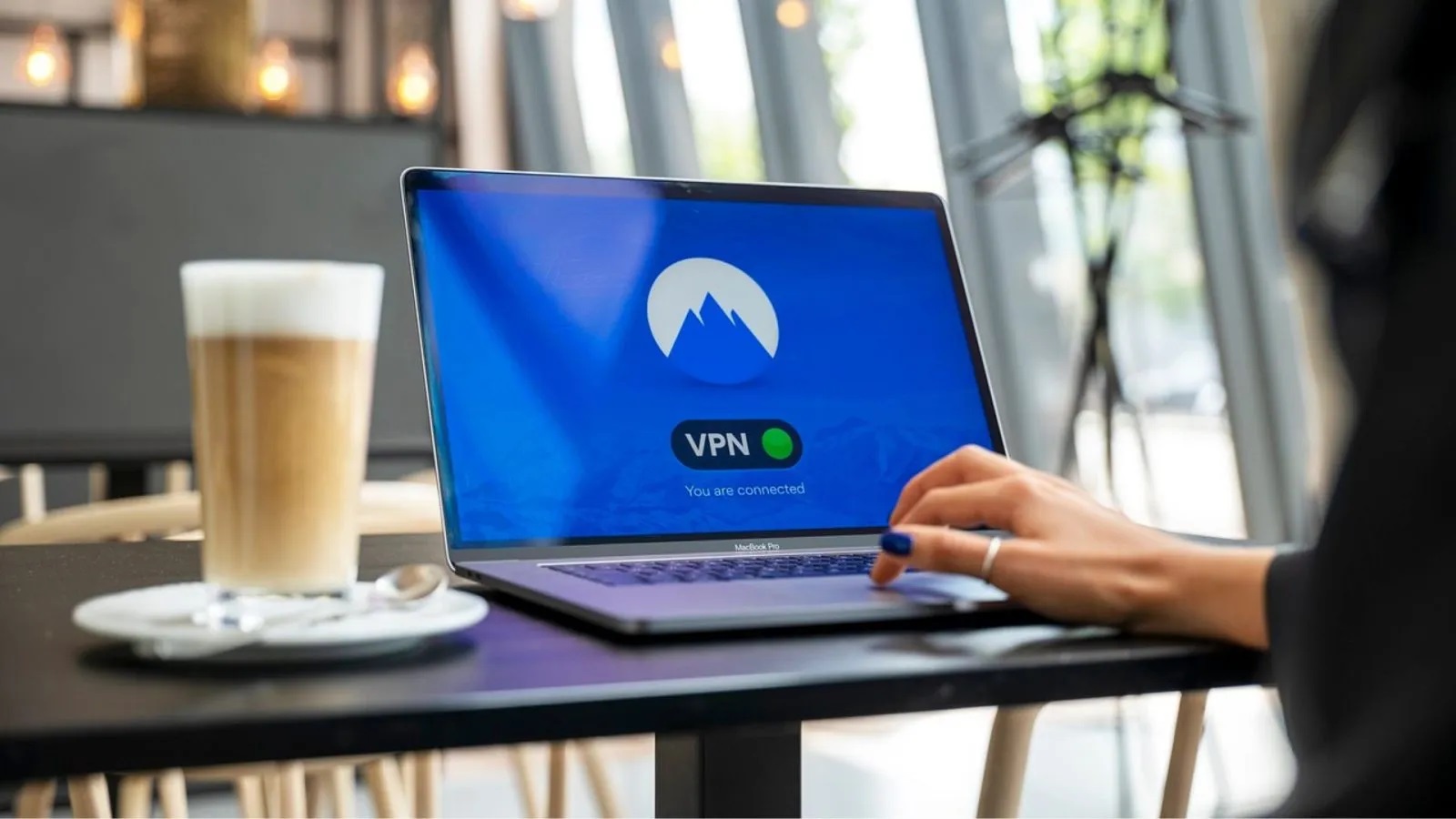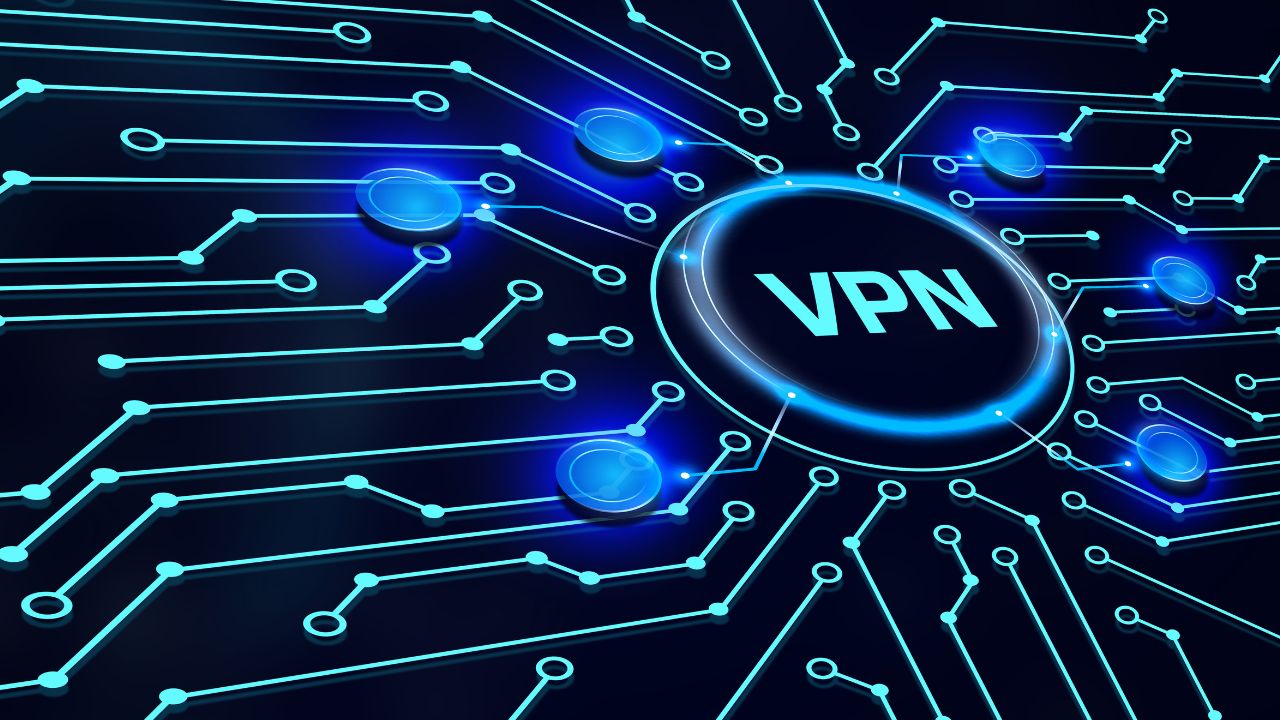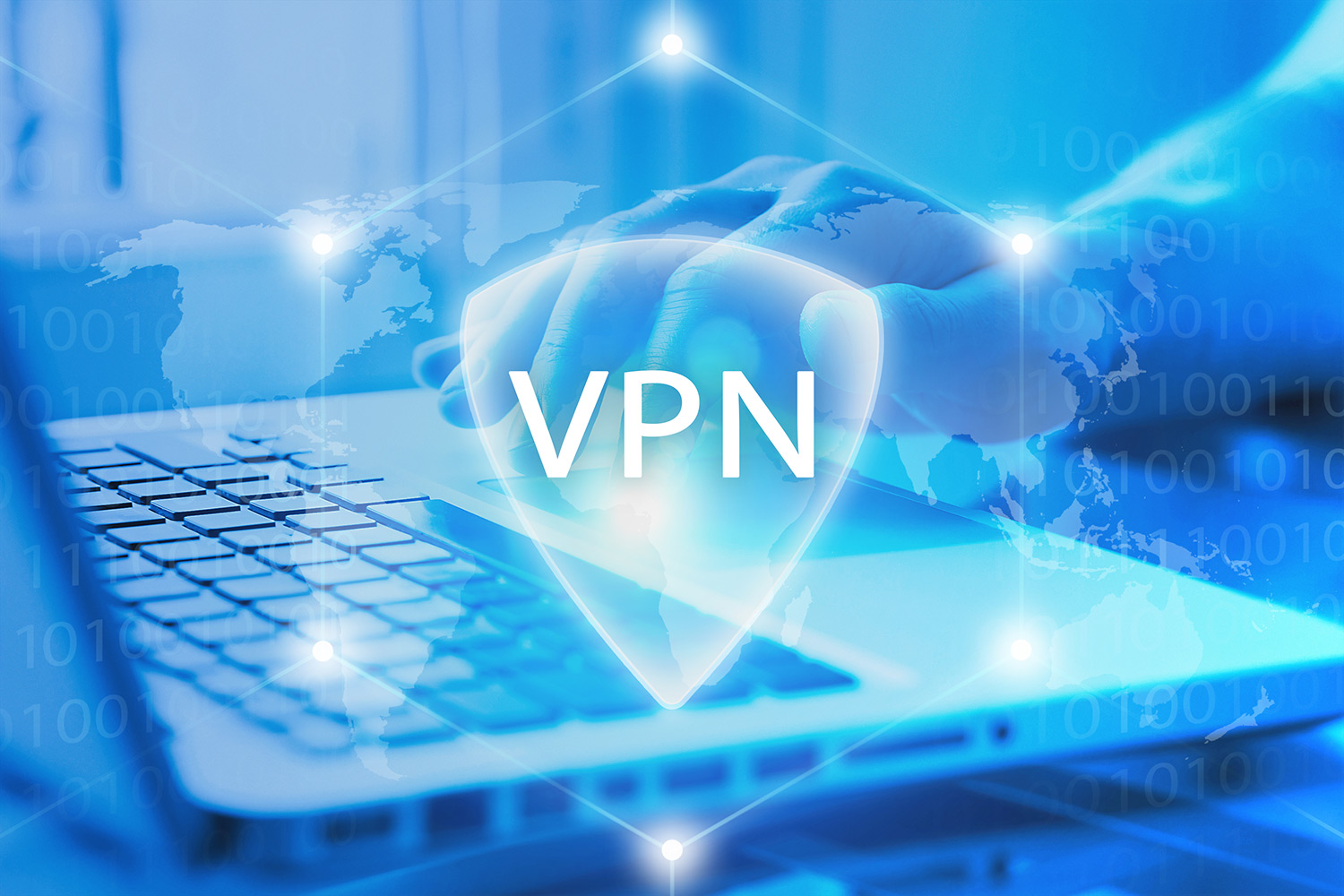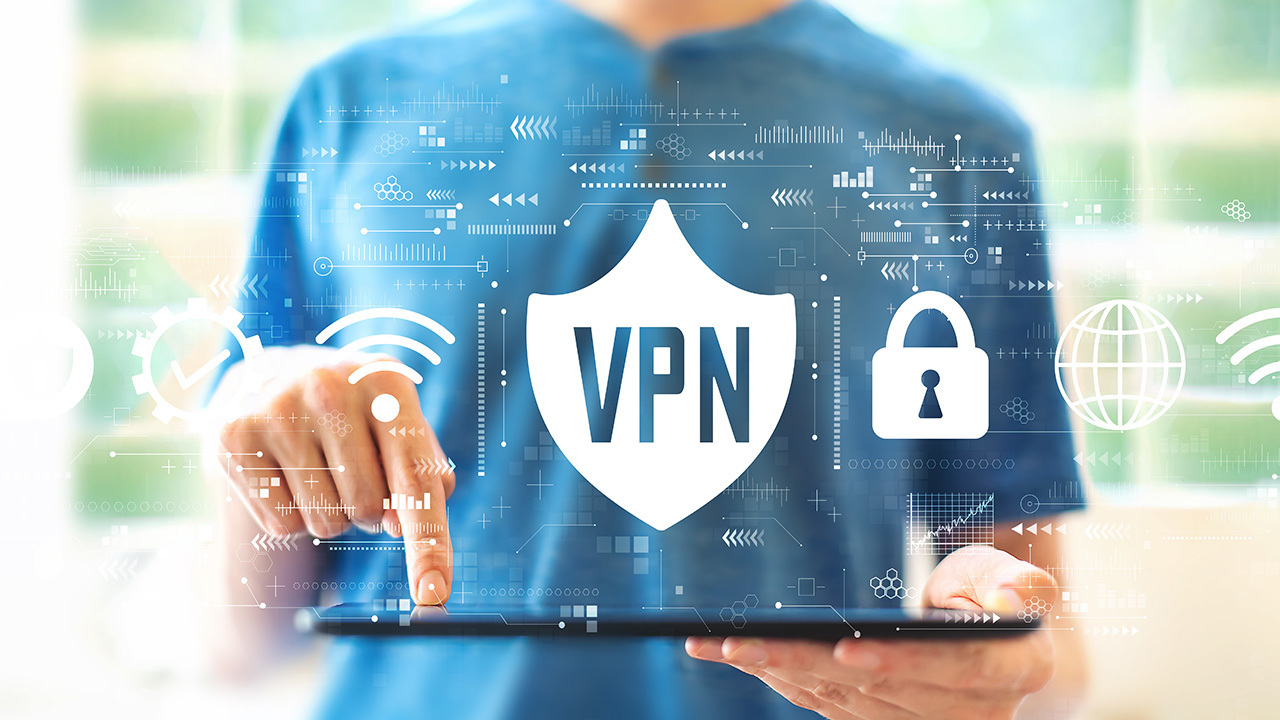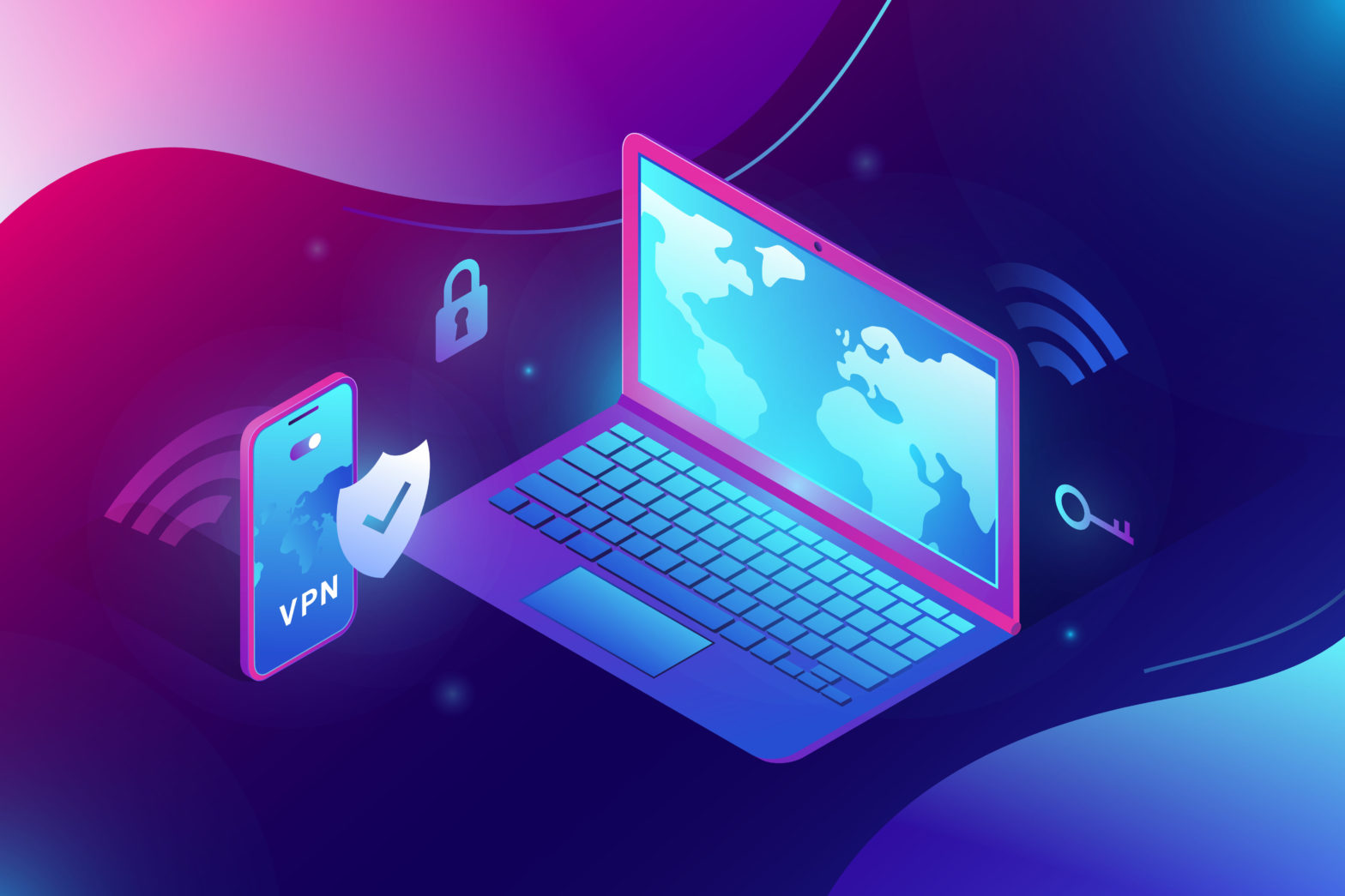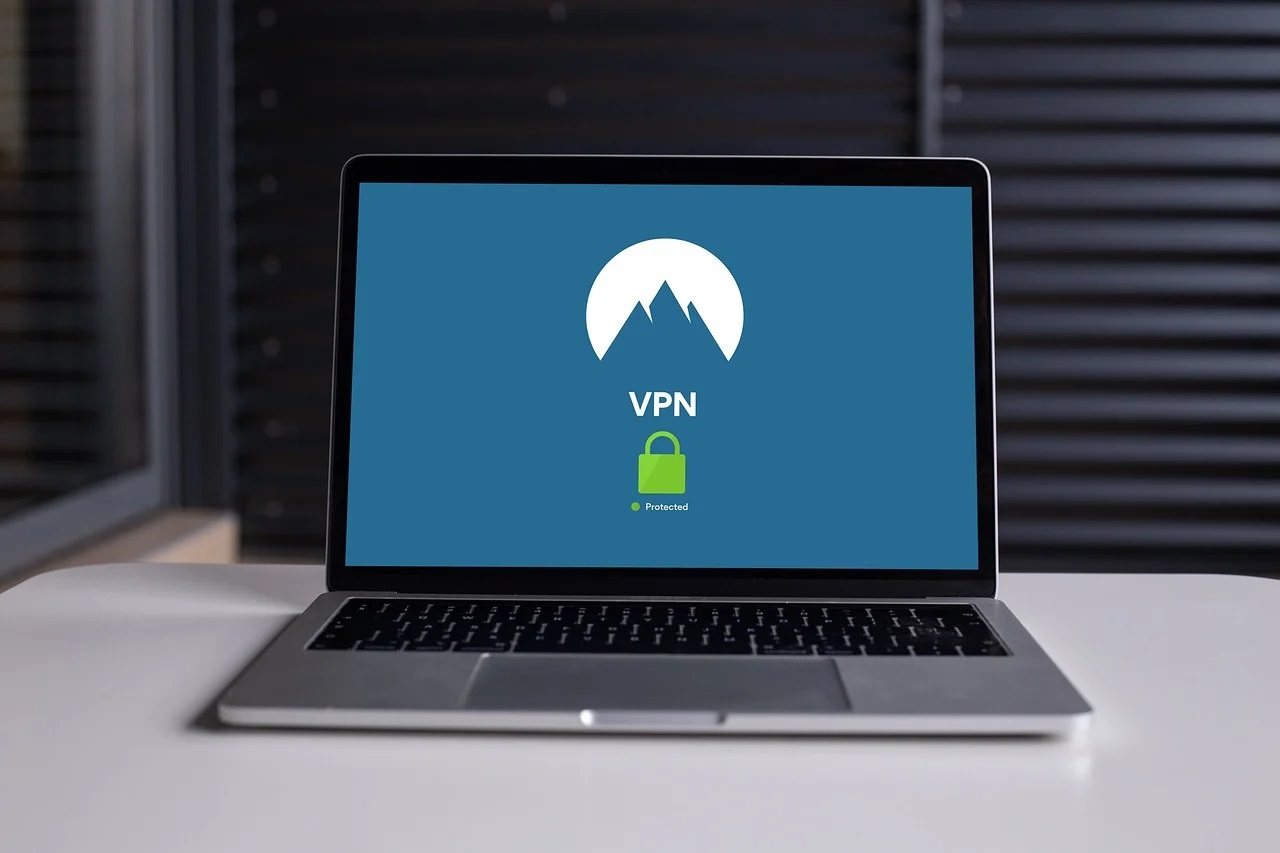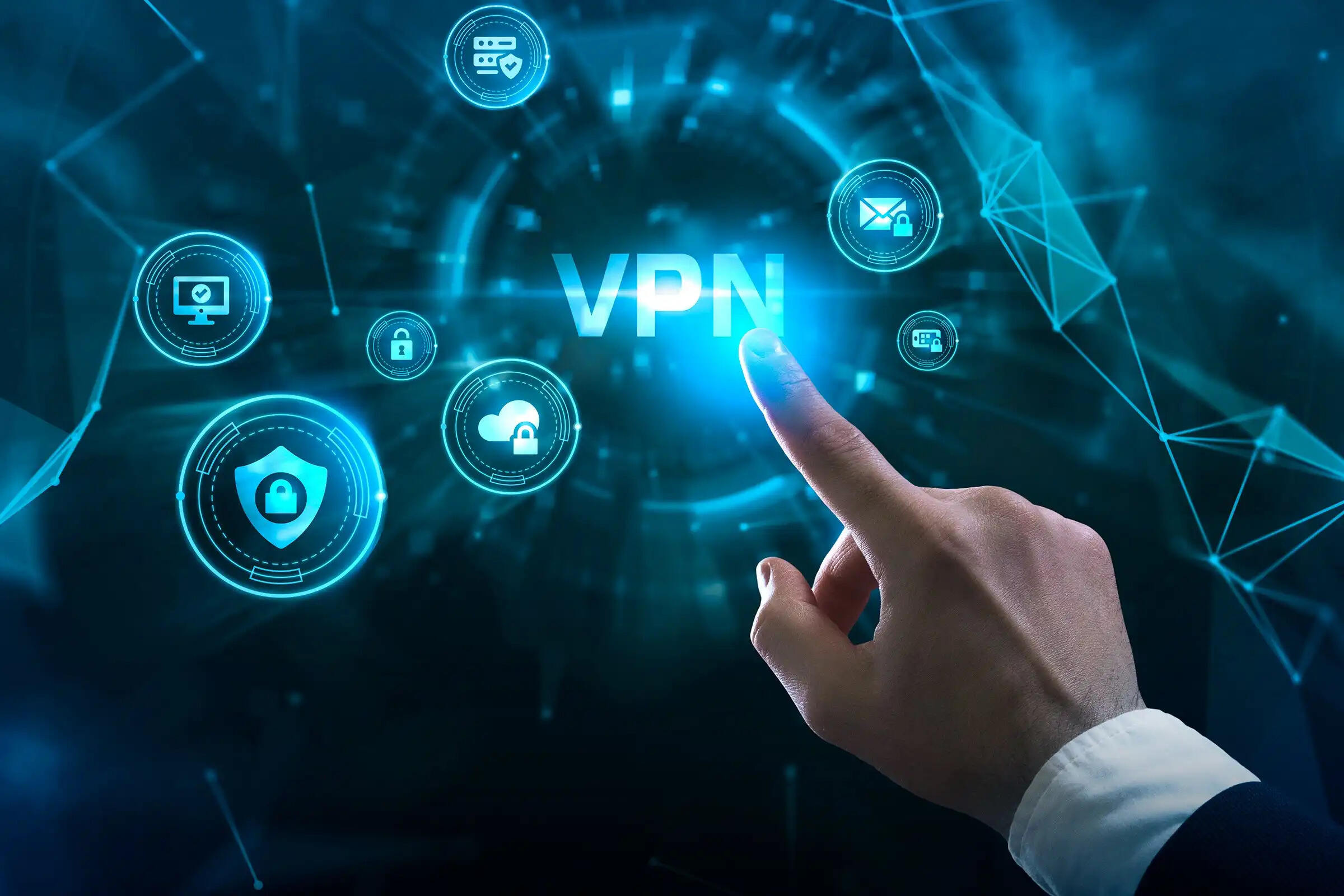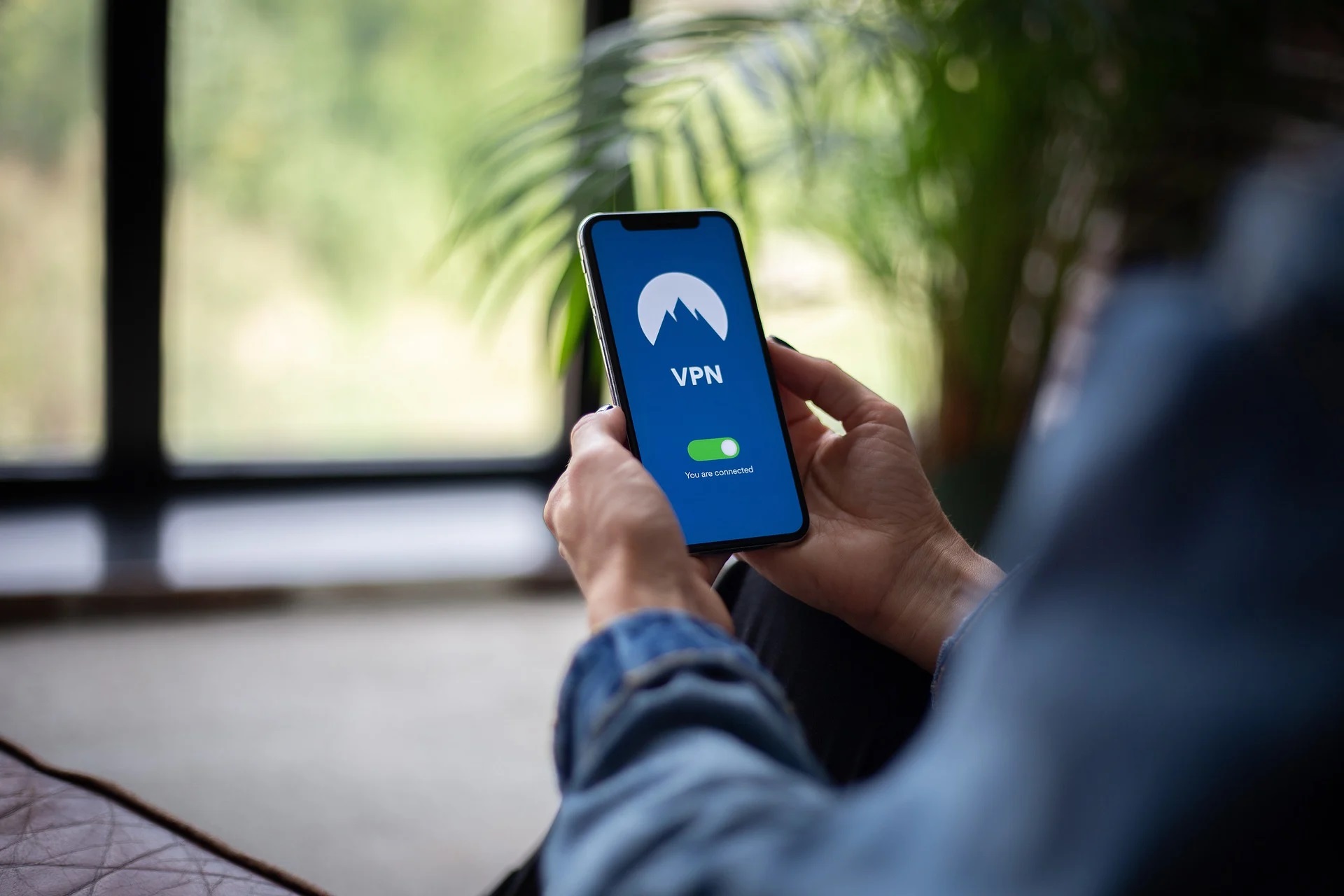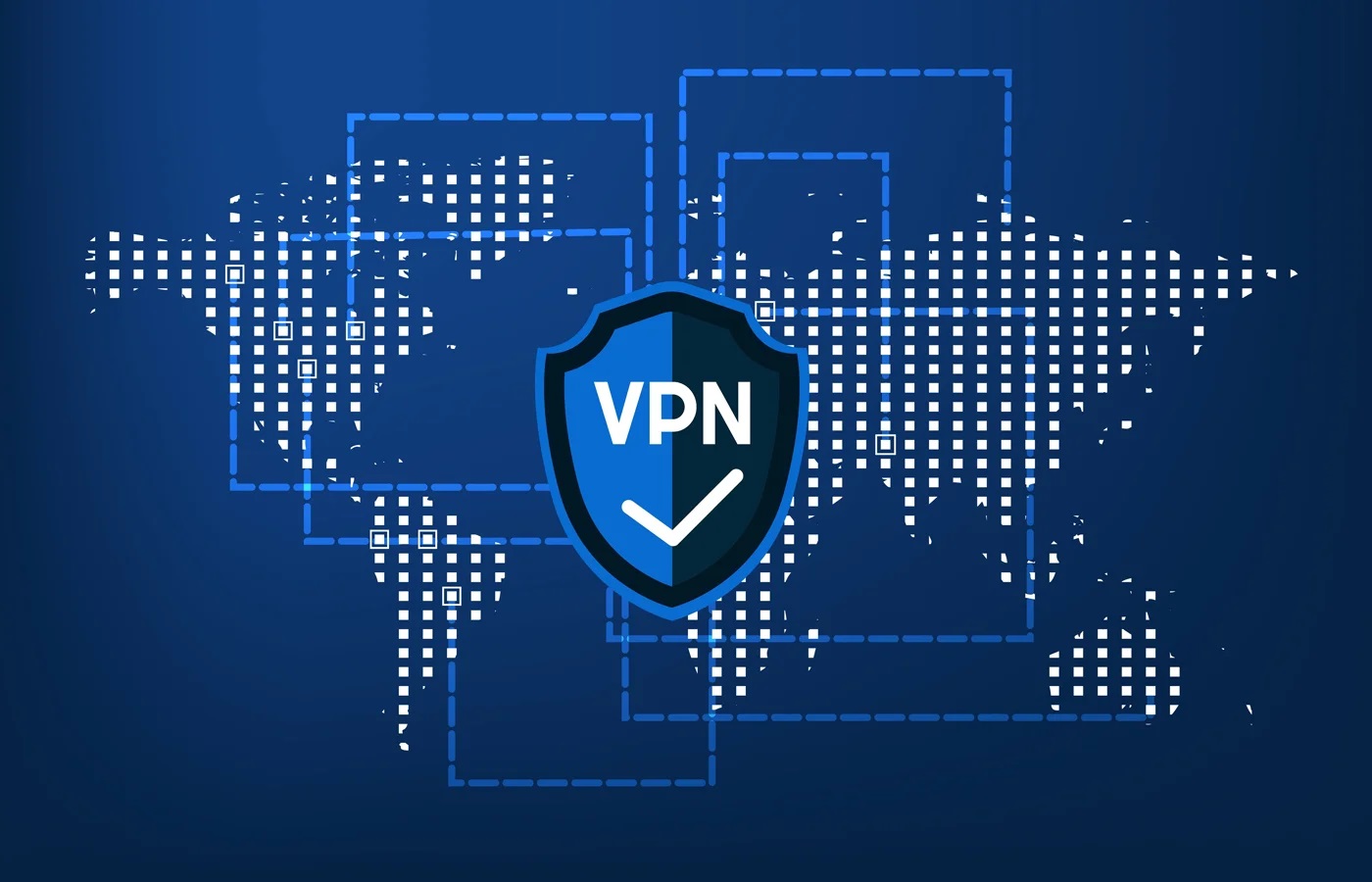Home>Software and Apps>The Evolution of VPNs
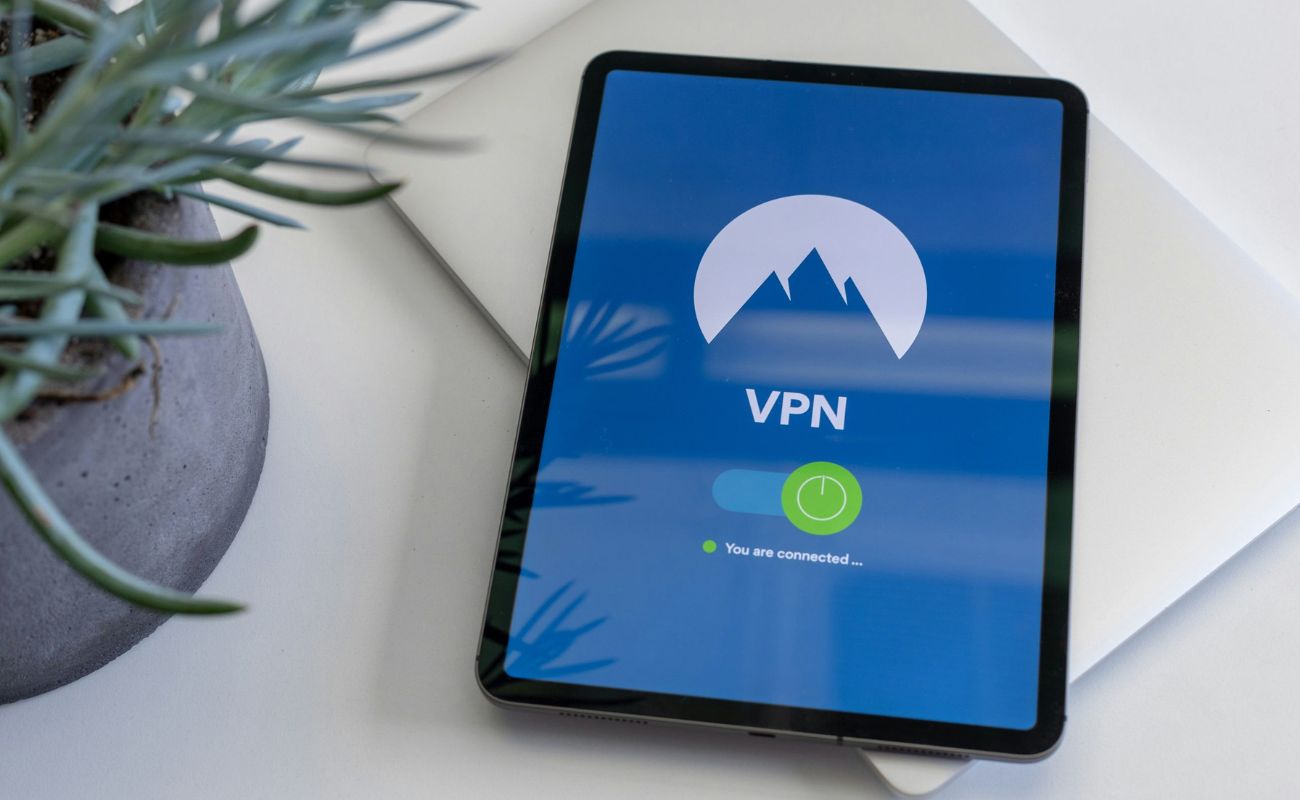

Software and Apps
The Evolution of VPNs
Modified: September 5, 2024
Discover the evolution of VPNs and their impact on software and apps. Learn how VPN technology has transformed the way we access and secure online data.
(Many of the links in this article redirect to a specific reviewed product. Your purchase of these products through affiliate links helps to generate commission for Techsplurge.com, at no extra cost. Learn more)
Table of Contents
Early Beginnings: ARPANET and TCP/IP
The story of VPNs begins with the creation of the Advanced Research Projects Agency Network (ARPANET), the first operational packet switching network. Developed in the late 1960s by the U.S. Department of Defense's Advanced Research Projects Agency (ARPA), ARPANET was initially used for communication between academic institutions and government agencies. The network used the Network Control Protocol (NCP) for communication, which limited connections to local area networks.
As ARPANET grew in popularity, its developers recognized the need for a more robust communication protocol. In 1973, Vint Cerf and Bob Kahn, two prominent scientists at DARPA, began researching new methods of packet switching based on their understanding of NCP. This led to the development of the Transmission Control Protocol (TCP) and Internet Protocol (IP), collectively known as TCP/IP. The TCP/IP protocol stack revolutionized the internet by enabling communication across different networks.
Read more: The Effectiveness of VPNs
The Rise of TCP/IP and Internet Expansion
The introduction of TCP/IP transformed ARPANET into the modern internet. By the mid-1980s, online platforms were available to the general public via dial-up internet access. America Online (AOL) was one of the first to offer chat rooms and online communities, followed by other Internet Service Providers (ISPs).
Early VPNs and Their Purpose
VPNs were originally designed to provide secure, encrypted connections for employees to access corporate networks remotely. This was particularly important in the early days of the internet when security was a major concern. The first VPN technology, Point-to-Point Tunneling Protocol (PPTP), was developed in 1996 by a Microsoft employee. PPTP created a secure private connection between a user's device and the internet, marking the beginning of VPN technology.
Business Use and Early Adoption
In the early 2000s, VPNs were primarily associated with business use. Organizations used VPNs to ensure that authorized employees could access company data centers securely from anywhere. This technology enabled secure file sharing between different offices, making it look as though employees were in the office even when they were working remotely.
Individual Adoption and Privacy Concerns
As encryption standards improved and new tunneling protocols were developed, VPNs began to gain traction among individual users. The rise of privacy scandals, such as WikiLeaks and Edward Snowden's revelations about government surveillance, injected a sense of urgency into the need for online privacy. In 2017, the U.S. government's decision to allow ISPs to collect and sell browsing history further fueled the demand for VPNs.
Modern VPNs and Their Features
Today, VPNs are not just a tool for businesses but a necessity for individuals seeking to protect their online privacy. Here are some key features and uses of modern VPNs:
Encryption and Security
VPNs use tunneling protocols to encrypt data at the sending end and decrypt it at the receiving end. This ensures that even if data is intercepted, it will be unreadable without the decryption key. The encryption standards used by VPNs are often military-grade, providing a high level of security.
Anonymity and Privacy
One of the primary reasons individuals use VPNs is to hide their IP addresses and geographic locations. This makes it difficult for third parties to track their online activities. However, it's important to note that while VPNs can mask IP addresses, they do not provide total anonymity. ISPs can still see the size of incoming and outgoing traffic, even if they cannot identify the content.
Bypassing Censorship and Geo-Restrictions
VPNs are also used to bypass geo-restrictions and censorship. By connecting to a VPN server in a different country, users can access content that is blocked in their region. This is particularly useful for accessing streaming services or social media platforms that are restricted in certain areas.
IoT and Home Network Security
The rise of the Internet of Things (IoT) has introduced new security risks. Hackers can gain control of IoT devices to infect home networks. Using a dedicated VPN router can help protect home networks from these threats by encrypting all data transmitted through the network.
Criticisms and Misconceptions About VPNs
Despite their widespread adoption, VPNs are not without criticism. Some argue that VPNs are just glorified proxies and do not provide the level of privacy they claim. Here are some common misconceptions about VPNs:
Misconception 1: VPNs Provide Total Anonymity
VPNs do not provide total anonymity. While they can mask IP addresses and geographic locations, they do not prevent all forms of tracking. Marketers have developed sophisticated methods to identify users, such as user agents and fingerprinting profiles, which can still track users even with a VPN.
Misconception 2: VPNs Encrypt All Traffic
VPNs only encrypt traffic from the user to the VPN server. Once the data leaves the VPN server, it is transmitted in plain text, just like regular internet traffic. This means that the VPN provider itself can see and manipulate all user traffic.
Misconception 3: VPNs Are Just for Proxies
VPNs are often confused with proxies, which simply forward internet traffic without encryption. While both can mask IP addresses, VPNs provide a much higher level of security through encryption and tunneling protocols.
Final Thoughts
The evolution of VPNs from their early beginnings in the 1990s to the present day has been marked by significant advancements in technology and changing user needs. From their initial use in business settings to their widespread adoption by individual users seeking online privacy, VPNs have become an essential tool in the digital age. While there are misconceptions about their capabilities, VPNs remain a critical component of modern online security.
As technology continues to evolve, VPNs will likely continue to adapt and improve. With the rise of IoT devices and increasing concerns about data privacy, the need for robust online security solutions will only continue to grow. Whether you are a business looking to secure your network or an individual seeking to protect your personal data, VPNs offer a reliable and effective solution.
Understanding the evolution of VPNs provides valuable insights into the importance of online security in today's digital environment. Staying informed about the latest advancements in VPN technology and how they can be leveraged to protect our online presence is essential.

